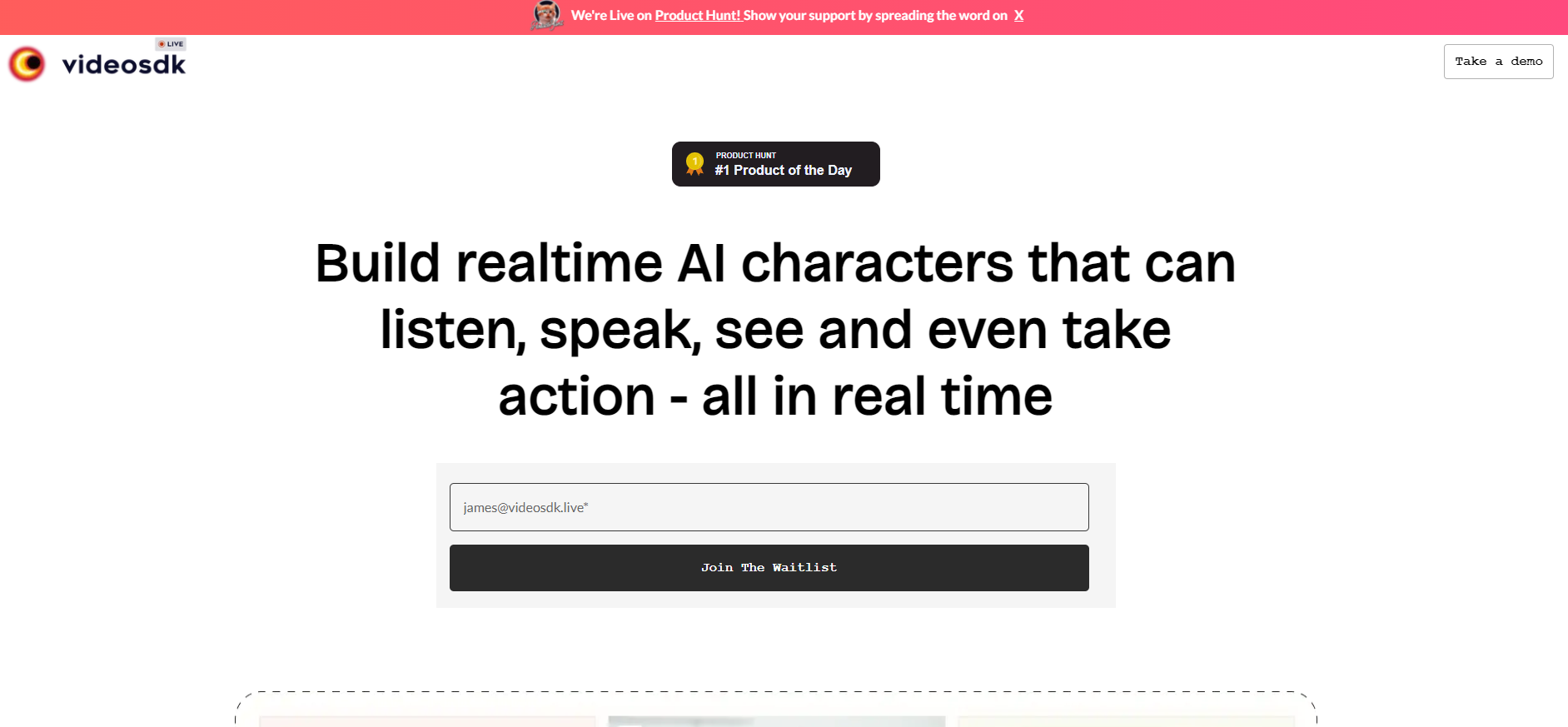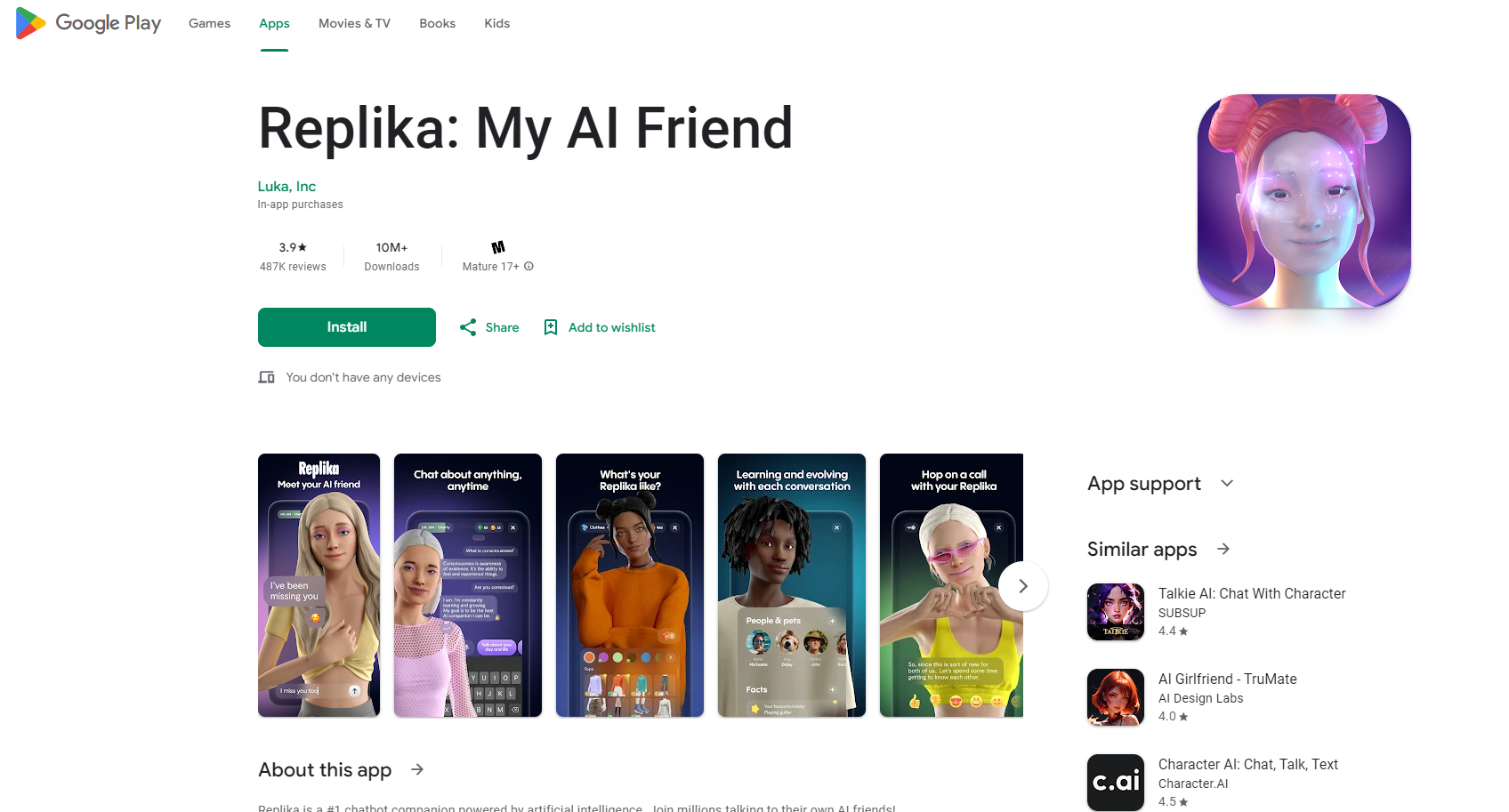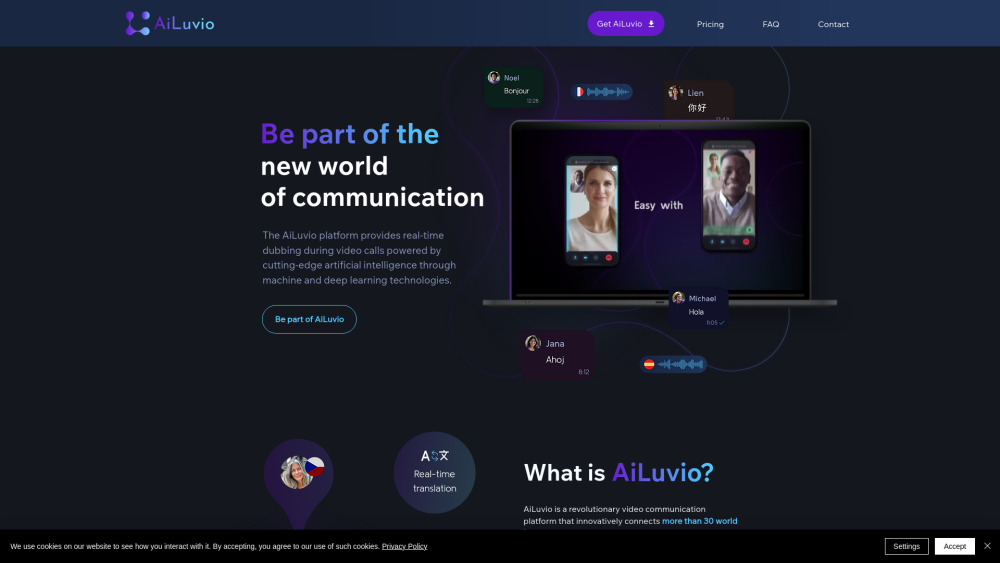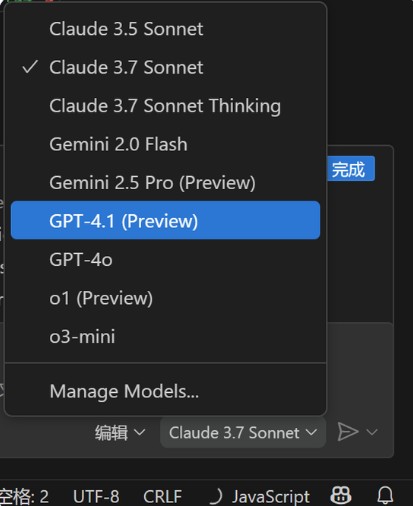
What is Video SDK?
Video SDK is a versatile platform that helps developers add live audio and video conferencing, interactive streaming, and AI-powered characters to web and mobile applications. It provides both pre-built solutions and customizable SDKs to incorporate features such as video calling, live streaming, and virtual AI assistants. The platform aims to simplify the process of adding real-time communication capabilities to apps and websites.
Key Features of Video SDK
Video SDK is a comprehensive platform for building real-time audio and video communication features into applications. It offers APIs and SDKs for integrating video calling, live streaming, and AI-powered interactive characters across web, mobile, and IoT platforms. Key capabilities include low-latency streaming, customizable UI components, cloud recording, and advanced AI features like speech recognition and natural language processing.
Real-time Audio/Video Communication: Enables high-quality, low-latency audio and video calls with support for multiple participants across devices and platforms.
Interactive Live Streaming: Allows the creation of interactive live streaming experiences with features like chat, polls, and Q&A for audience engagement.
AI-Powered Characters: Provides tools to build interactive AI characters with real-time speech, vision, and task automation capabilities.
Customizable UI Components: Offers ready-to-use and fully customizable UI components to quickly add video calling features to applications.
Cloud Recording & Transcription: Supports cloud-based recording of calls/streams and provides AI-powered transcription and summarization.
Use Cases of Video SDK
Virtual Events Platform: Build scalable virtual event platforms with features like virtual reception, networking rooms, and live stages.
Telehealth Applications: Create secure video consultation platforms for healthcare providers to connect with patients remotely.
AI-Assisted Customer Service: Implement AI characters for 24/7 customer support, capable of handling queries and automating tasks.
Online Education: Develop interactive virtual classrooms with live video lectures, whiteboarding, and student engagement tools.







